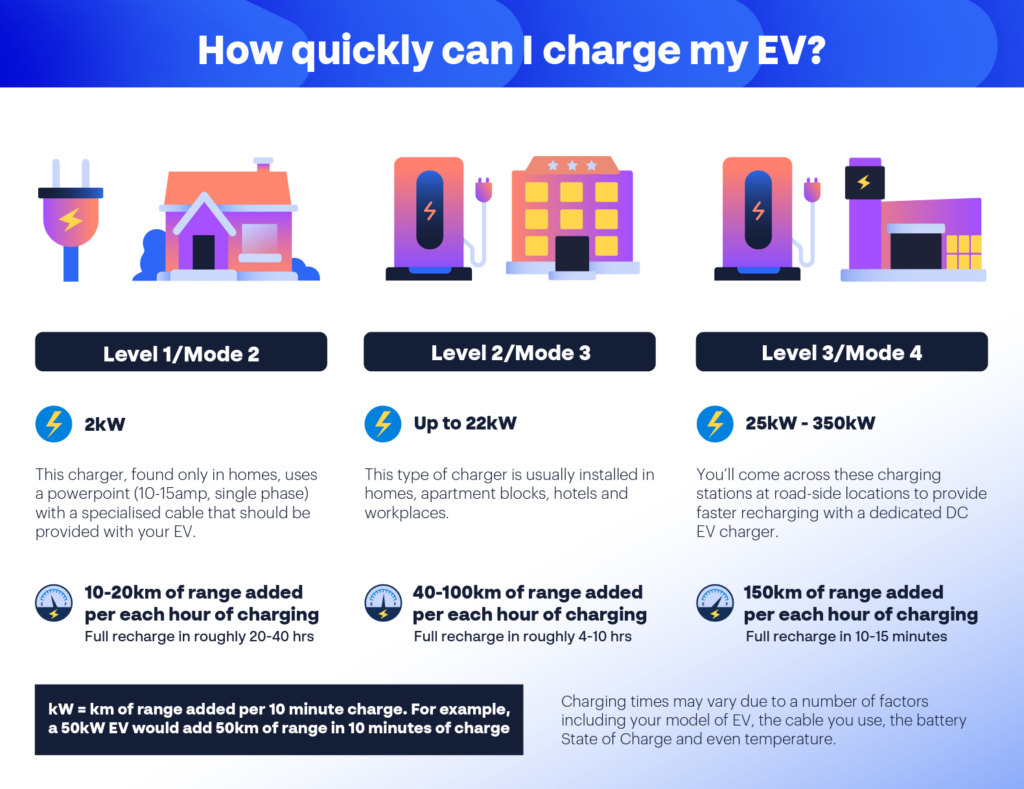Employee engagement lays the foundation for a vibrant workplace culture. Engaged employees exhibit heightened productivity, creativity, and dedication to their company’s triumph. As HR practitioners, nurturing an atmosphere where your people feel appreciated, driven, and deeply connected to their tasks is paramount. When done right, employee benefits can be a powerful tool in our arsenal for achieving a highly engaged workforce.
According to our data in the last Wave 2 of our National Employee Benefits Index which was released in July 2023, data showed that 1 in 4 employees considered leaving their employers.
In this article, we’ll explore the vital link between employee engagement and benefits and discuss how HR professionals can leverage benefits to enhance engagement within their organisations.
Understanding Employee Engagement:
Before delving into the role of benefits, it’s crucial to understand what employee engagement entails. All companies have their own definition of ‘employee engagement’ but this goes beyond mere job satisfaction. As per Culture Amp, it is a key metric that reflects an employee’s commitment an employee has towards their organisation and its goals. Engaged employees are passionate about their work, aligned with the company’s values, and willing to go the extra mile to contribute to its success.
Benefits and Employee Engagement:
Employee benefits play a pivotal role in shaping the employee experience and influencing engagement levels. While salary and compensation are essential, benefits such as healthcare, retirement plans, flexible work arrangements, professional development opportunities, and work-life balance initiatives can significantly impact employee satisfaction and loyalty.
The link between benefits and engagement:
Offering comprehensive benefits packages not only demonstrates value and appreciation for employees’ well-being and needs but also enhances work-life balance through components like flexible work arrangements, wellness programs, and paid time off. By facilitating a harmonious integration of professional responsibilities with personal obligations, these benefits foster happier, less stressed, and more engaged employees. Moreover, benefits such as tuition reimbursement, training programs, and opportunities for career advancement signify the organisation’s commitment to supporting professional growth, and motivating employees to excel in their roles by providing a clear path for development. Additionally, healthcare benefits, wellness initiatives, and employee assistance programs contribute significantly to improving employees’ physical and mental well-being, resulting in a more productive, resilient, and engaged workforce. Furthermore, benefits promoting inclusivity, diversity, and employee recognition play a pivotal role in fostering a positive company culture where employees feel valued, respected, and connected to their peers and the organisation’s mission.
Implementing Effective Benefits Strategies:
To unlock the maximum impact of benefits on enhancing employee engagement, HR professionals must embrace a strategic mindset and carefully assess the benefits that resonate with employees. Here are essential strategies to kickstart your journey:
Customise Benefits Packages: Understand the diverse needs and preferences of your workforce and tailor benefits packages accordingly. Offering a range of options allows employees to select benefits that align with their individual priorities and lifestyles.
Communicate Effectively: Ensure that employees are well informed about the benefits available to them and how to access them. Clear communication helps employees appreciate the value of their benefits and encourages utilisation. You can also use our Employee Benefits Saving Calculator to keep your employees get transparent about the details.
Seek Feedback and Adapt: Regularly solicit feedback from employees to understand their evolving needs and preferences. Use this feedback to refine and enhance the benefits offerings to better align with employee expectations.
Promote Work-Life Balance: Encourage managers to support flexible work arrangements and promote a culture that values work-life balance. Lead by example by prioritizing your own well-being and modelling healthy work habits.
Measure Impact: Implement metrics to assess the effectiveness of your benefits programs in driving employee engagement. Monitor key indicators such as retention rates, employee satisfaction surveys, and participation in wellness programs to gauge the impact of benefits on engagement levels.
To learn more about how you can achieve strong levels of employee engagement in your organisation, schedule an obligation-free meeting now.







